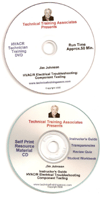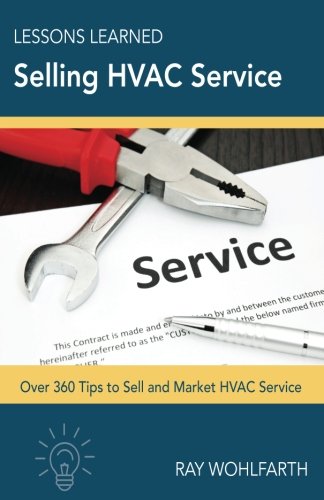As noted in my July 2013 column, owners must put an effort into training their intended service contractors at the end of construction. That should include the design engineers and installation contractors providing system-level documentation and training to the first service contractor.
The owner should ask for (i.e., specify in the design and construction contract documents) this system-level training, even if the service contractor staff are part of the same company as the installation contractor.
I believe owners have a false sense of security that if XYZ Contractors install the new systems and the owner hires XYZ Contractors to operate and maintain the systems after construction, then they will have service people who “know” their systems. However, installation and service are typi-cally two different organizations under the same roof and, as I have learned from experience, there is often little or no formal effort on the contrac-tor’s part to internally transfer knowledge from one to the other.
Although it should not be necessary for the project team to train service contractor personnel on individual equipment maintenance, repair, and troubleshooting (that should be the service contractor company’s responsibility), building-specific systems training is a must. Most important is the need for easy-to-interpret and readily accessible documentation of the new and/or renovated building systems.
The first step of training should be to compile the following elements into a Systems Manual (on paper or in an easily searchable and navigable electronic format). This is over and above the standard equipment manufacturers’ O&M manuals and is absolutely critical for future transitions from one service contractor (individual person or firm) to the next as the building owner sees fit.
- As-built construction drawings identifying the locations of all components potentially needing maintenance or repair, all isolation valves and damp-ers, all ductwork and piping distribution systems, and all DDC panels.
- Schematic diagrams of each system, with all individual components shown graphically and tabulated in an equipment list with manufacturer and model number data.
- Control system sequences of operation.
- DDC system architecture.
- User interface and navigation of the BAS front end.
- Special instructions for critical manual operations not accomplished automatically by the DDC system, e.g., seasonal switchovers, occupied mode changes, shift changes.
End-of-construction training sessions conducted by the design engineers and installation contractors should include a thorough review of the Sys-tems Manual, a tour of the building locating all system components and their respective accessibility, and answering questions. Questions raised by the initial service contractors/trainees should be documented in an amended version of the Systems Manual because the issues raised will likely be of interest to future service contractor personnel.
As noted last month, it is extremely rare for a building owner to make the effort to officially select their service contractor before the end of con-struction. Therefore, it is critically important that the installation contractor and design engineer contracts include provisions to deliver training whenever the service contract is awarded. The Systems Manual, however, should be submitted, reviewed, and approved prior to final payment and release of any retainage.






